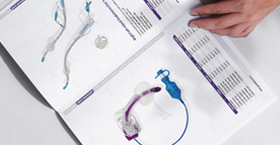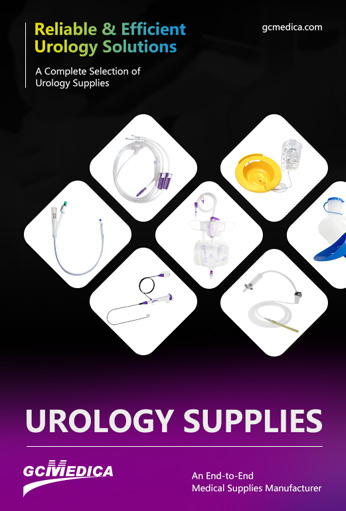Urinary catheters are medical devices designed to drain urine from the bladder when normal voiding is impaired. Selecting the appropriate catheter type depends on the patient’s condition, duration of use, and anatomical considerations. Below is an overview of the main catheter types and their typical clinical applications, followed by a comparative table for quick reference.
Indwelling (Foley) catheters are among the most commonly used. They feature an inflatable balloon near the tip that secures the catheter inside the bladder, allowing continuous drainage over days to weeks. These are indicated for acute urinary retention, perioperative monitoring of urine output, and management of severe incontinence when other measures fail. Materials include latex with a silicone coating or 100% silicone for patients with latex sensitivity.
Intermittent (straight or Nelaton) catheters are intended for single-use, periodic bladder emptying. They lack a retention balloon and must be inserted and removed each time, which reduces infection risk compared to indwelling models. Patients with neurogenic bladder or spinal cord injury often self-catheterize several times daily using hydrophilic-coated or PVC catheters to maintain bladder health and prevent overdistension.
Suprapubic catheters are placed through a small incision in the lower abdomen directly into the bladder and are used when urethral catheterization is contraindicated—such as after urethral surgery, in the presence of strictures, or for long-term drainage exceeding several weeks. Constructed almost exclusively from silicone, they minimize urethral trauma and improve patient comfort.
External (condom) catheters are non-invasive devices for male patients with urinary incontinence. A soft sheath fits over the penis and connects to a drainage bag, offering an alternative to urethral insertion and reducing the risk of urethritis. These are best suited for ambulatory or home care settings.
Coude-tip catheters have a gently curved tip to navigate around obstructions like enlarged prostate glands or urethral strictures. They are available as either indwelling or intermittent models and help facilitate catheter passage when resistance is encountered.
| Catheter Type | Key Features | Material | Primary Uses |
|---|---|---|---|
| Indwelling (Foley) | Balloon-tip; continuous drainage; sizes 12–20 Fr | Latex (silicone-coated) or silicone | Acute retention; perioperative monitoring; incontinence |
| Intermittent (Straight) | Single-use; no balloon; sizes 8–18 Fr | PVC or hydrophilic-coated silicone | Neurogenic bladder; self-catheterization |
| Suprapubic | Placed via abdominal stoma; long-term use; sizes 14–18 Fr | 100% silicone | Urethral contraindications; long-term management |
| External (Condom) | Non-invasive sheath; adhesive or inflatable ring; sizes 25–35 mm diameter | Soft PVC | Male incontinence; home or ambulatory care |
| Coude-Tip | Curved tip for navigating obstructions; sizes 12–20 Fr | Latex or silicone | Prostatic enlargement; urethral strictures |
By understanding the unique characteristics and indications for each catheter type, healthcare providers can optimize urinary drainage strategies, enhance patient comfort, and reduce the risk of catheter-associated complications such as infection, urethral trauma, and bladder spasms. Regular assessment and adherence to sterile technique remain essential components of effective catheter management.
| Urology Supplies > |


 Français
Français Español
Español Products
Products

 About Us
About Us












